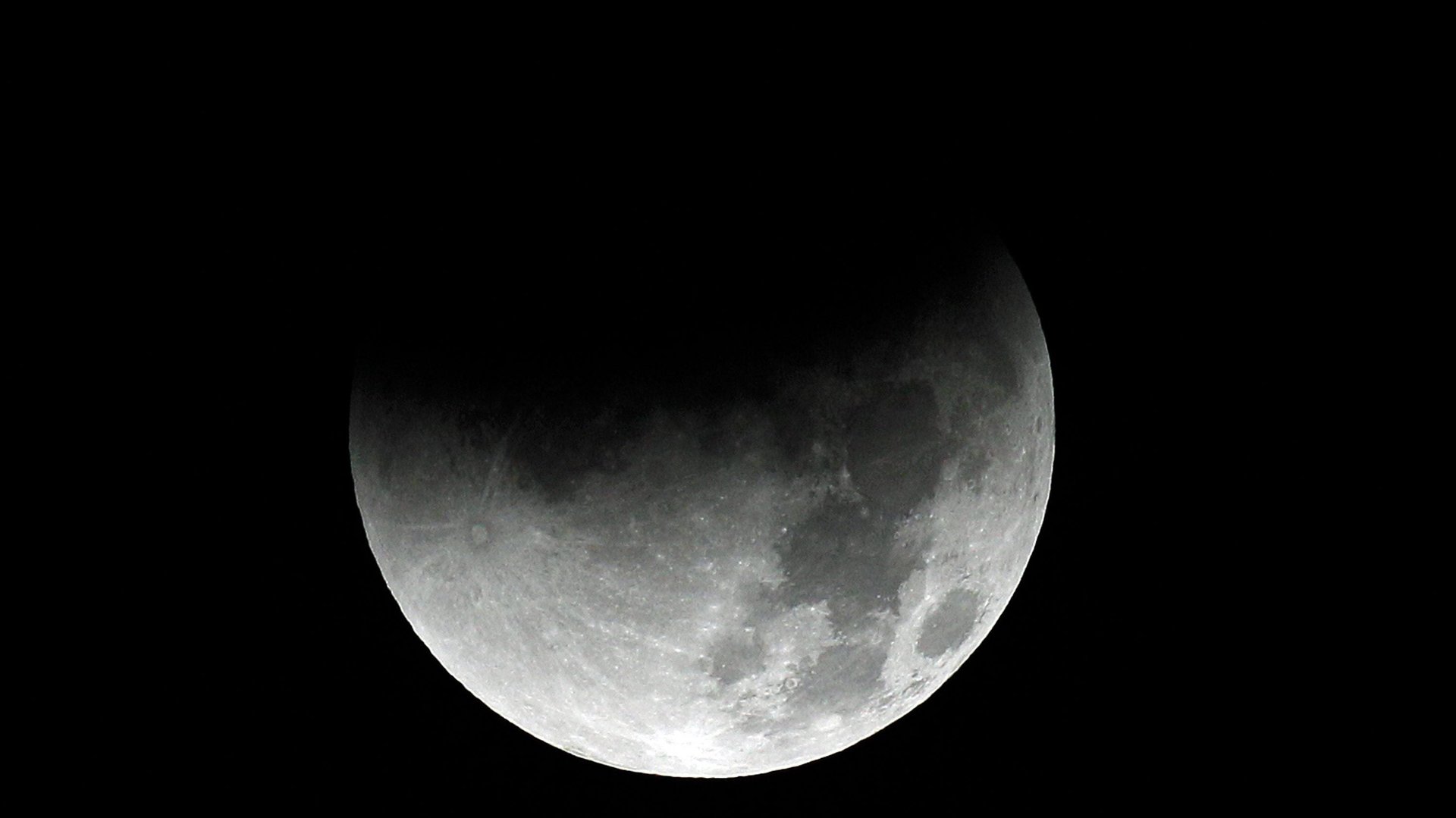India’s lunar lander is missing, but Chandrayaan-2 can still make important discoveries
It looks like India won’t become the fourth nation to softly land a robot on the Earth’s moon today.


It looks like India won’t become the fourth nation to softly land a robot on the Earth’s moon today.
The Indian Space Research Organization lost contact with the lander deployed from its Chandrayaan-2 spacecraft as it approached the lunar surface. Mission controllers are examining the data they have, but loss of contact for this long does not bode well.
Scientists hoped that the lander, which aimed to land closer to the moon’s south pole than any previous mission, could shed light on deposits of water ice there. While researchers have used spacecraft orbiting the moon to find signs of significant water ice there, they don’t know exactly what form it takes or how to access it.
But all is not lost. Chandrayaan-2’s orbiter is expected to circle the moon for another year, using eight scientific instruments to learn more about the lunar surface. After all, a NASA instrument on India’s previous lunar orbiter, Chandrayaan-1 (the word means “moon craft” in Hindi) was critical in confirming the presence of water.
This orbiter will be able to use two different cameras to capture high-resolution images of the lunar surface, an X-ray spectrometer to spot mineral elements, an infrared spectrometer to measure water in the polar regions, and even a radar to hunt water ice inside craters.
The ability to harvest ice on the moon could enable more and cheaper activity in space. The biggest obstacle to doing more in space is getting everything you need—fuel, supplies to support a crew—out of Earth’s gravity well. If humans could obtain water on the moon instead of ferrying it from the Earth’s surface, they could drink it, grow food hydroponically, and derive oxygen to breathe and rocket fuel to move around.
More data could help scientists understand whether water on the moon has been deposited by comets or asteroids over millennia, or if water vapor is emerging from the lunar soil due to some chemical reaction. And the more researchers learn about the composition and origins of the moon, the more they understand about how our own planet came to form in the solar system.
This is the second unsuccessful attempt at soft-landing this year; an Israeli group, SpaceIL, also attempted to place its Beresheet lander on the moon, but wound up crash-landing in April. At least China’s Chang’e-4 mission to the far side of the moon proved successful in January.
But more robots will be sent to the moon in the 21st century. The confirmation of water ice, along with the growing economic and military importance of space technology, has governments and private organizations investing billions in new lunar efforts.
“The next step is to get to the surface and do good old-fashioned geographic prospecting,” lunar scientist Clive Neal told Quartz last year. “We need to know how widespread these [water] deposits are, not only in extent but in depth. We also need to know what are the contaminants…[w]e need to know the geotechnical properties of the regolith in these very cold regions.”
NASA will spend millions hiring private companies to send robots to the moon in the years ahead as it prepares for an unlikely human return in 2024; China has proposed a moon base; and billionaires like Elon Musk and Jeff Bezos are building spacecraft to reach the lunar surface.